
© Hasan MalayThis marble altar, dating to the second century A.D., was discovered near the Akçay River in Turkey. It shows a warrior battling a serpent monster. An inscription written in Greek is at top.
An ancient marble altar showing a nude warrior battling a serpent monster has been discovered by villagers near the Akçay River in Turkey.
Archaeologists said the altar likely dates to the second century A.D., a time when
the Roman Empire controlled the area.
The carved scene on the altar is difficult to interpret, archaeologists said.
They think it may show a son of Hercules, named Bargasos, fighting a monster in a battle that would bring forth a beneficial river god named Harpasos, to whom the altar is dedicated. At the time of the altar's creation, the Akçay River was known as the Harpasos River.
"According to [a command in] a dream, Flavius Ouliades set this up to the [river] god Harpasos," the
Greek inscription at the top of the altar reads. The altar is 2 feet (0.61 meters) high and 1.5 feet (0.45 m) wide, and is now in the Aydin Museum in Turkey.
The dedication suggests that Flavius Ouliades, the person who created the altar, had a strong belief in the river god, the archaeologists said. "As a result of a communication with the river god Harpasos in a dream, Flavius Ouliades was requested to dedicate an altar," wrote Hasan Malay, a professor at Ege University in Turkey, and Funda Ertugrul, an archaeologist with the Aydin Museum, in an article published recently in the journal
Epigraphica Anatolica.
Ouliades may have promised to set up the altar if the river god answered the man's prayers "for a good harvest or protection (for himself or his animals) from flooding or falling down the steep slopes or cure from its healing waters," wrote Malay and Ertugrul.

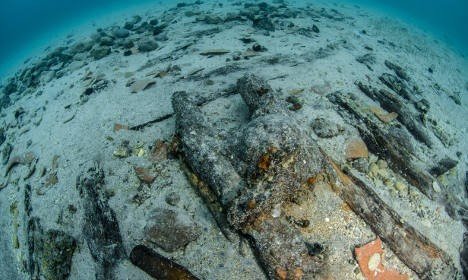
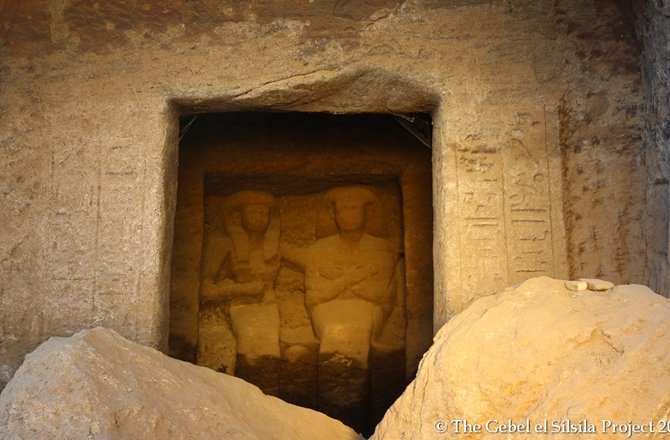
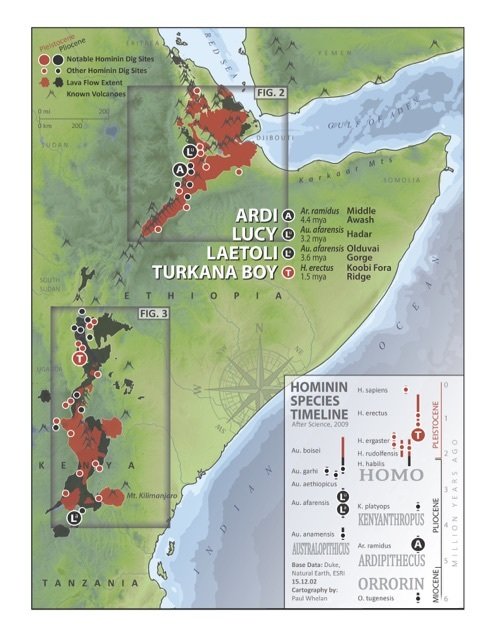


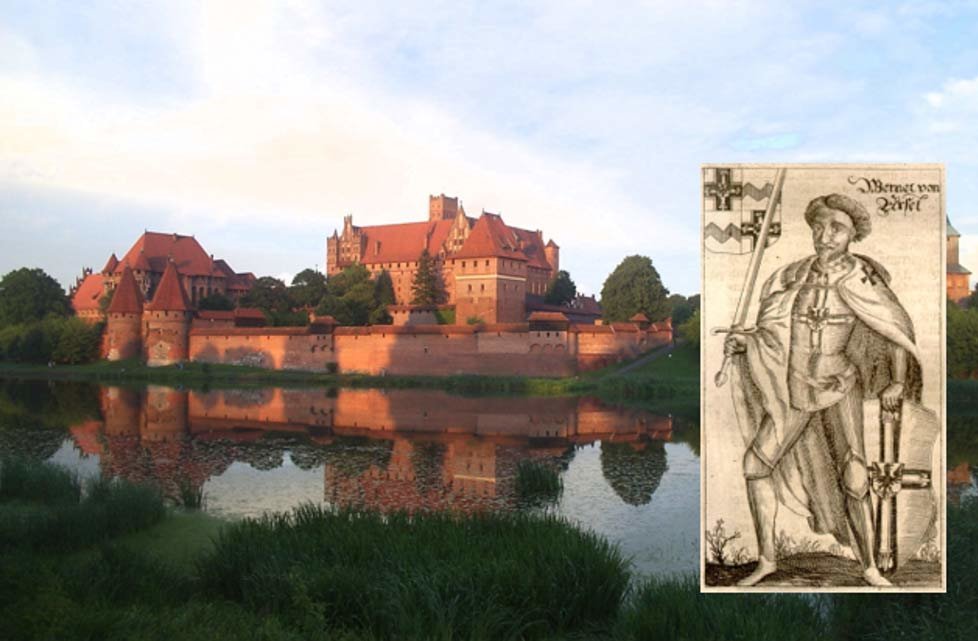
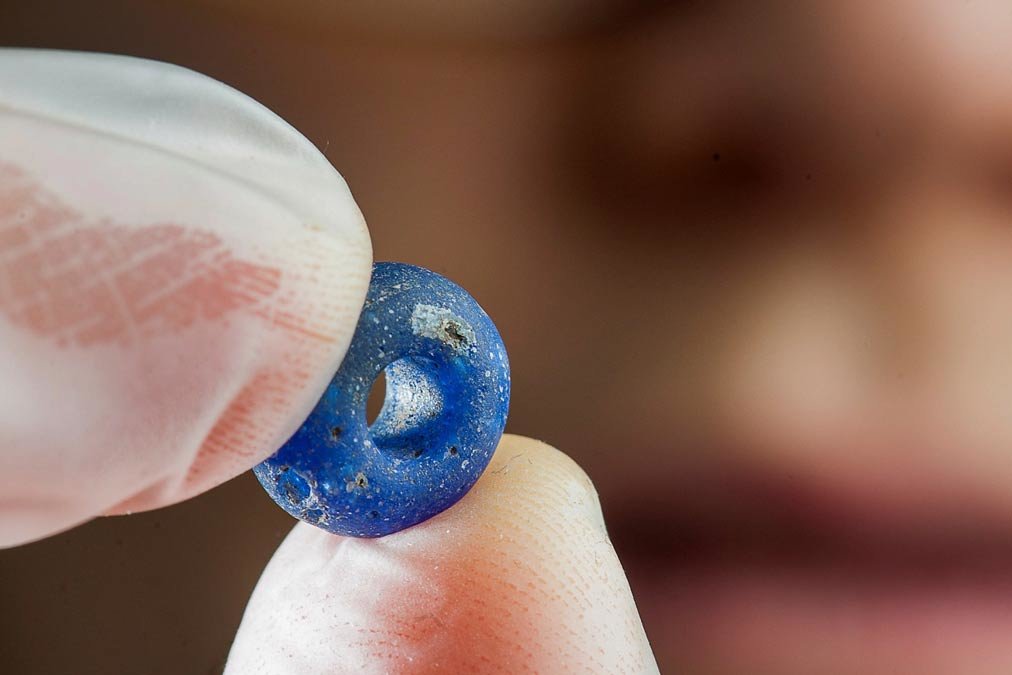

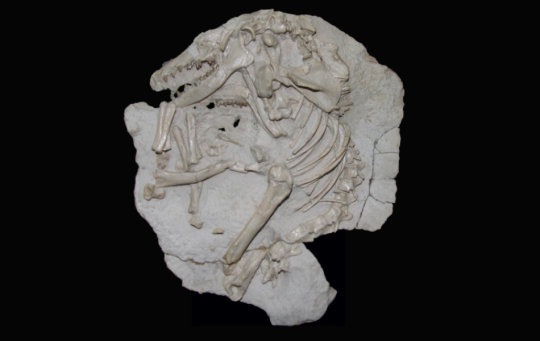



Comment: See also: 'This Gulf of Fire': The cataclysmic earthquake that leveled Lisbon